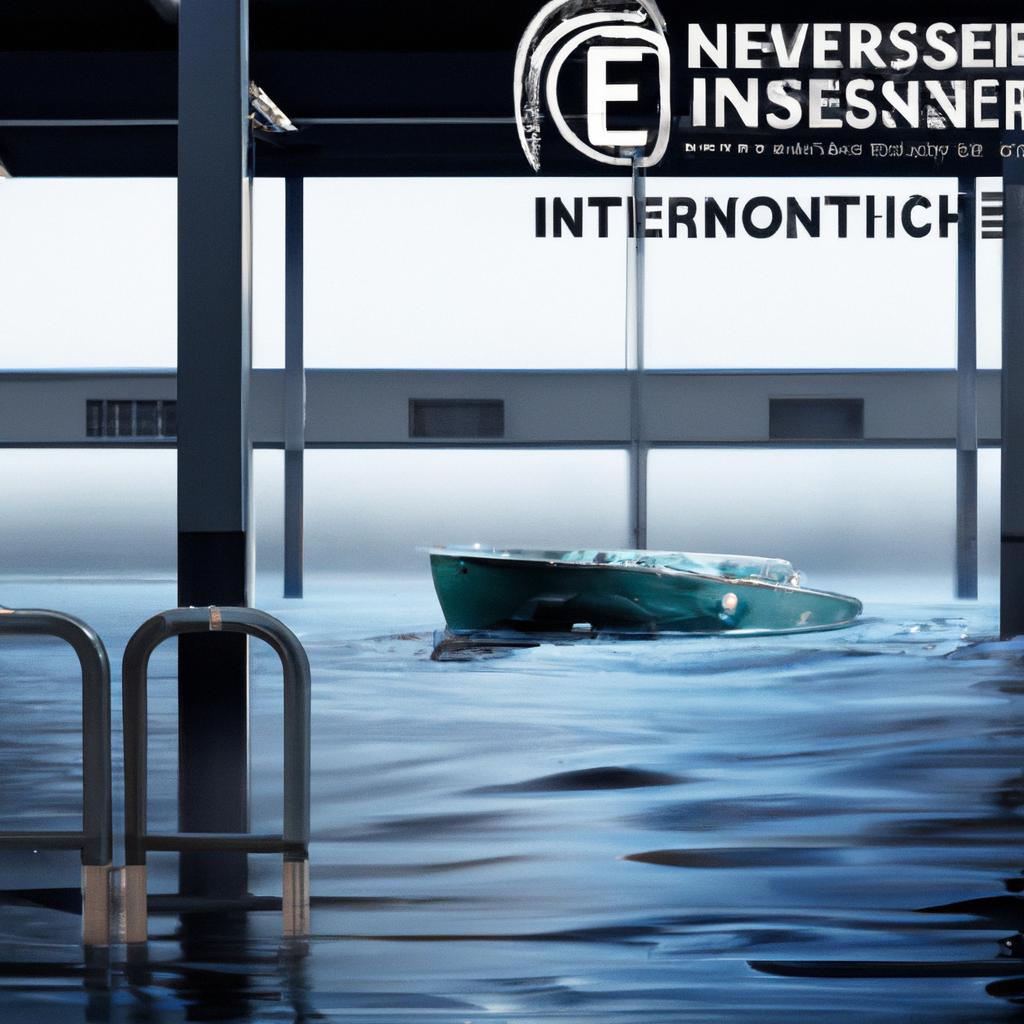
4. hochwasserereignisse
**Summary:** Hochwasserereignisse, or flood events, are becoming increasingly frequent due to climate change and urbanization. This article explores their causes, impacts, and mitigation strategies.
**SEO Excerpt:** Discover the causes, impacts, and mitigation strategies related to rising flood events in urban areas.
—
**Understanding Hochwasserereignisse: Causes, Impacts, and Mitigation Strategies**
In recent years, Hochwasserereignisse, or flood events, have emerged as significant environmental challenges, particularly in urban areas. These events, often exacerbated by climate change and rapid urbanization, pose threats to infrastructure, ecosystems, and human safety. Understanding the various dimensions of flood events is essential for developing effective mitigation strategies and enhancing community resilience.
Flooding can be classified into several categories, including river floods, flash floods, coastal floods, and urban floods. Each type has distinct causes and characteristics. River floods typically occur when water levels in rivers overflow due to prolonged rainfall or melting snow. Flash floods, on the other hand, happen suddenly, often within six hours of intense rainfall, resulting in swift water accumulation. Coastal floods can result from storm surges and high tides, while urban floods are linked to inadequate drainage systems in heavily developed areas.
One of the primary drivers of increased flood frequency is climate change. Rising global temperatures lead to intensified weather patterns, resulting in heavier rainfall and more extreme weather events. According to the Intergovernmental Panel on Climate Change (IPCC), the frequency of heavy precipitation events has increased in many regions, contributing to higher flood risks. In addition, sea-level rise caused by melting ice caps and glaciers exacerbates coastal flooding, threatening low-lying regions worldwide.
Urbanization also plays a significant role in flood susceptibility. As cities expand, natural landscapes are replaced with impervious surfaces such as asphalt and concrete. This transformation increases surface runoff, limiting the ground’s ability to absorb water. Consequently, urban areas become more prone to flooding, particularly during heavy rainfall. Poorly designed drainage systems further compound the problem, leading to water accumulation and property damage.
The impacts of Hochwasserereignisse are multifaceted and can significantly disrupt communities. Flooding can lead to loss of life, injuries, and displacement of residents. Economic consequences are also profound, with damage to infrastructure, homes, and businesses often running into millions of dollars. Furthermore, floods can have long-term effects on mental health, as affected individuals may experience trauma and stress related to loss and displacement.
In light of these challenges, effective flood management strategies are essential. Governments and organizations are increasingly adopting integrated approaches to reduce flood risks. These strategies include improving drainage systems, restoring wetlands, and implementing floodplain zoning regulations to limit development in high-risk areas. Additionally, early warning systems and community education programs can enhance public awareness and preparedness for potential flood events.
Green infrastructure has emerged as a promising solution to mitigate urban flooding. Techniques such as permeable pavements, green roofs, and rain gardens allow for better water absorption and management in urban settings. These measures not only help reduce surface runoff but also contribute to biodiversity and improved air quality in cities.
International collaboration is also vital in addressing flood risks. Many countries face similar challenges and can benefit from sharing knowledge and best practices. Organizations such as the United Nations Office for Disaster Risk Reduction (UNDRR) promote global frameworks for disaster risk reduction, encouraging nations to work together to enhance resilience against floods and other natural hazards.
In conclusion, Hochwasserereignisse present significant challenges that require comprehensive understanding and proactive strategies. By addressing the root causes of flooding and implementing effective mitigation measures, communities can reduce their vulnerability and enhance resilience, ultimately safeguarding lives and livelihoods in the face of increasing flood risks.
